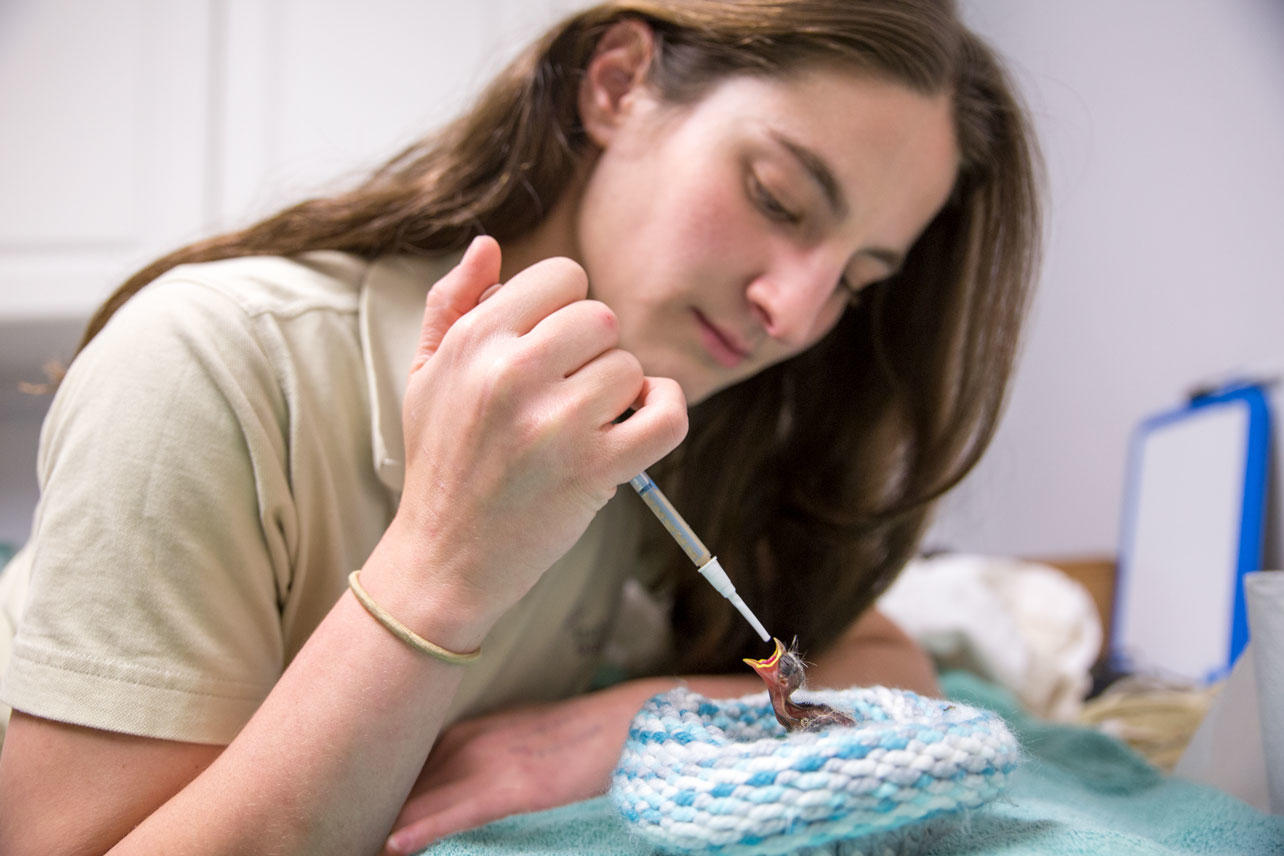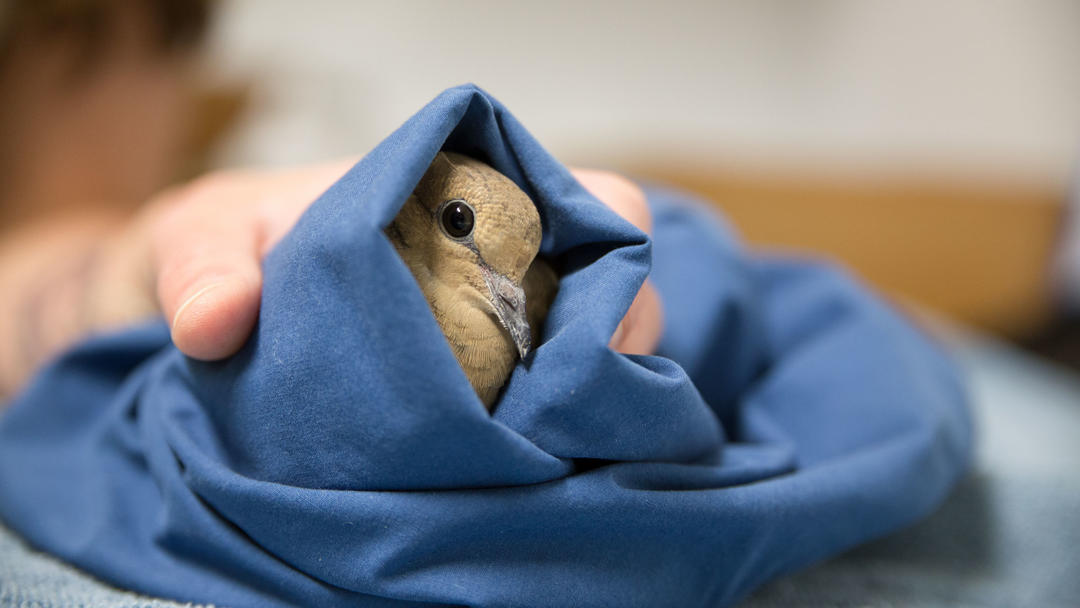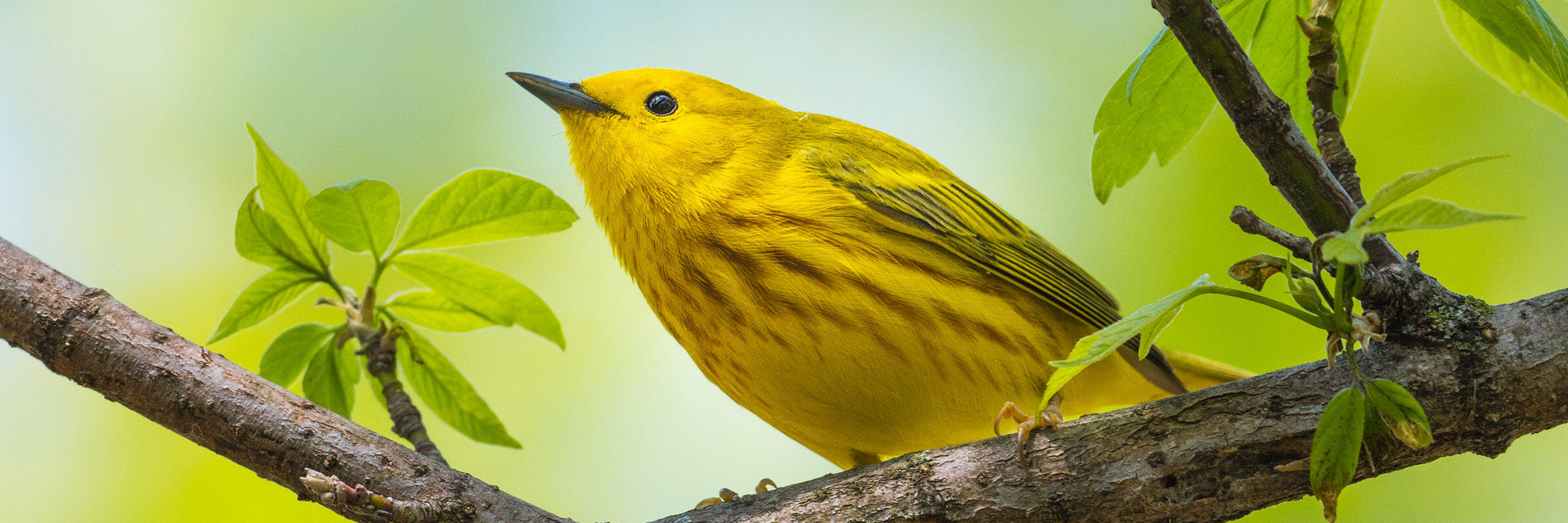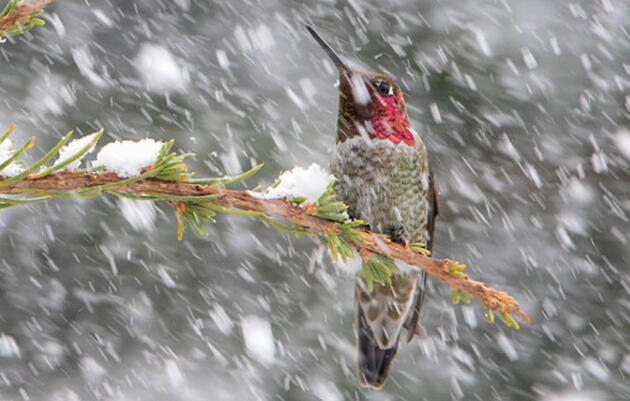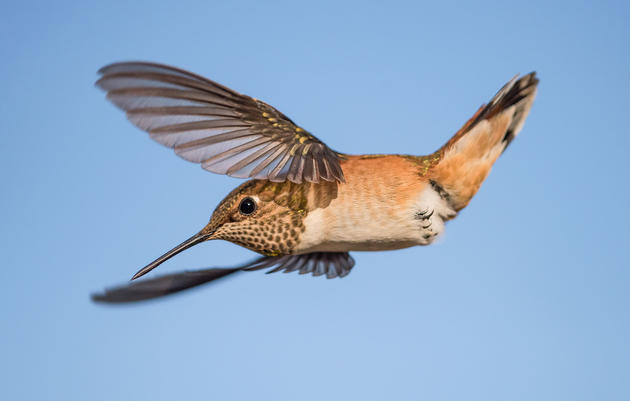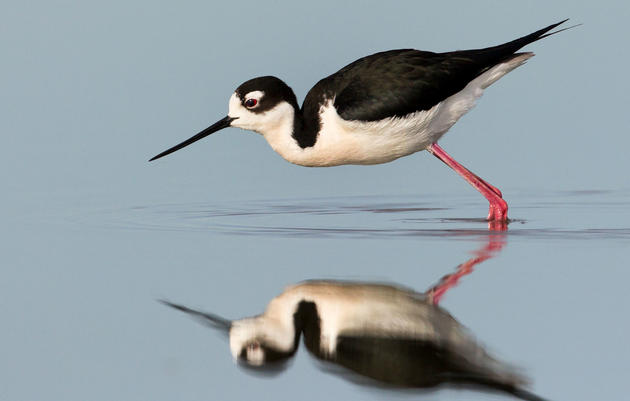Springtime brings an abundance of new life: flowering native plants, bursting buds, and baby birds. While we rarely add human intervention to that list, baby birds often cause an overabundance of care and caution that can occasionally mislead people into doing more harm than good for our feathered friends.
There are countless pieces of advice for what to do when you find an injured or baby bird. While we cannot describe how to handle every situation that may arise with birds in danger, we can provide tips for the most common situations that community members may stumble into.
DO place featherless birds back into their nest
Birds without feathers or with only minimal down feathers are called nestlings. Nestlings are helpless and can suffer from the elements. If you find an uninjured nestling bird on the ground, gently scoop it up and place it back in its nest. Do not fear; your “human smell” will be undetectable to the adult birds. Can’t access the nest? Call a licensed rehabilitator for help with your situation (see below).
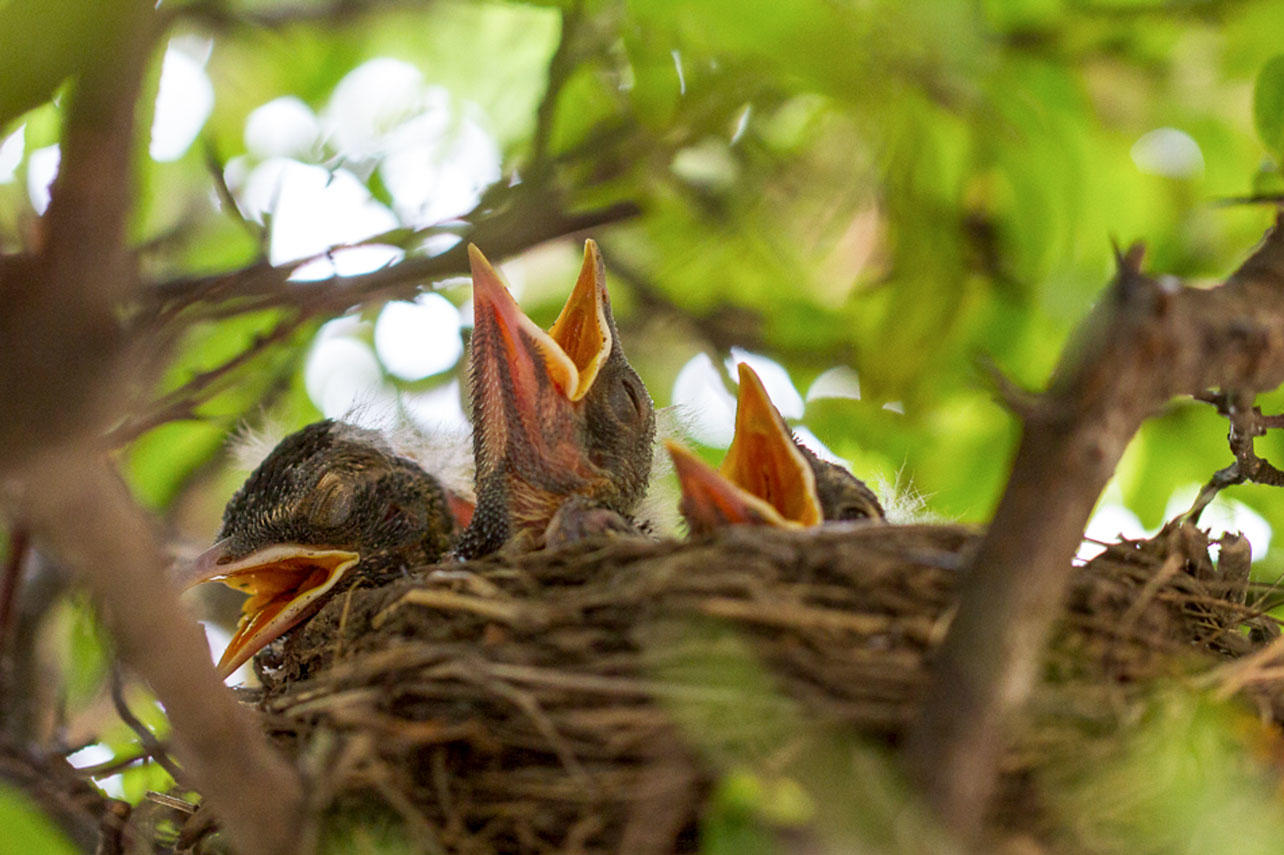
DON’T try to help or feed baby birds with feathers
Found a bird with feathers? You have found a fledgling. Leave it be! Unless a bird with feathers is in danger from immediate predators (i.e. dogs, cats, humans), then that bird is learning to be a bird. It has not been abandoned and it is probably not injured. As feathers grow and muscles strengthen, fledglings will become adept at flight. In fact, from one day to the next, you may see the same baby bird go from appearing helpless to flying around your yard.
Want more ways to help and enjoy birds in Colorado, Wyoming, and Utah? Sign up for our emails!
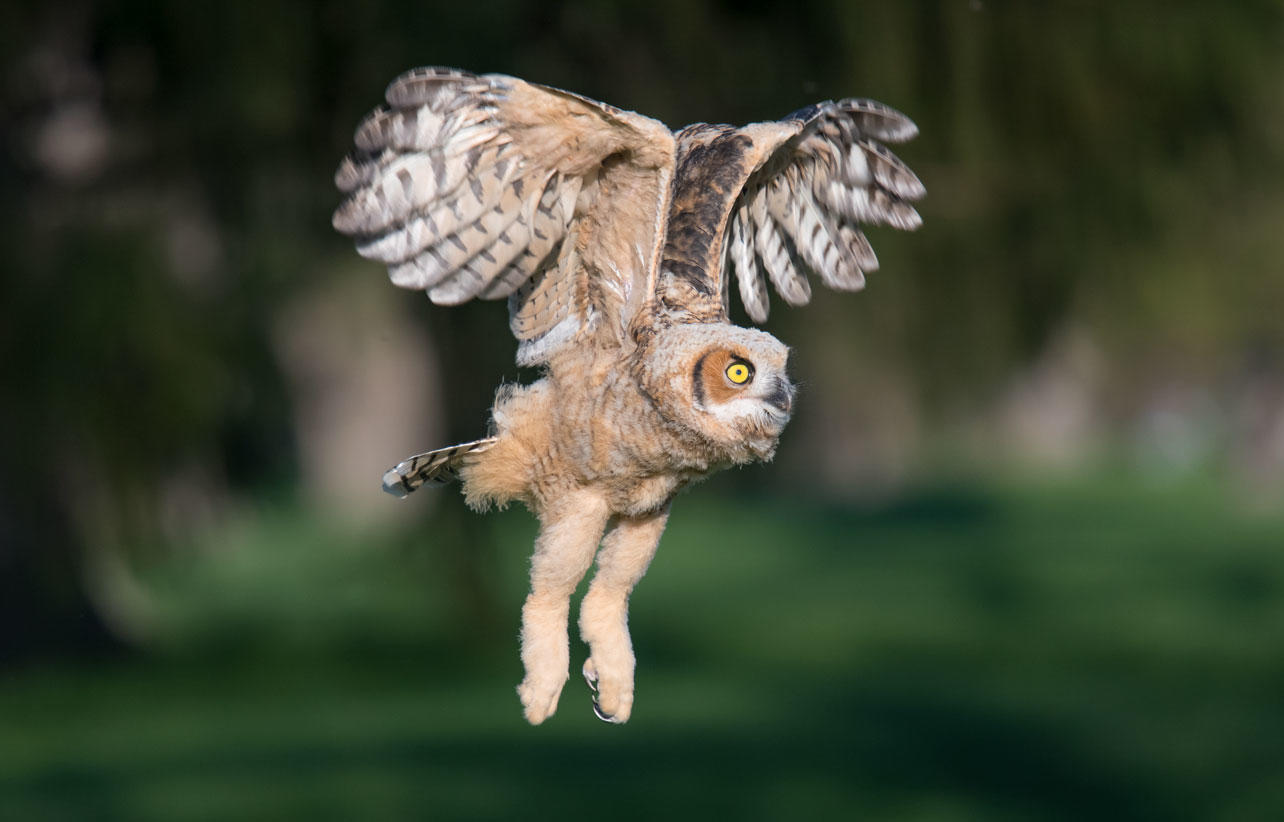
DO keep your pets leashed when near ducklings and goslings
Waterfowl babies are typically flightless for many weeks after they leave the nest. Unfortunately, waterfowl and humans both appreciate riverside areas, often causing issues with off-leash pets harassing ducklings and goslings. Keeping your pets on a leash and encouraging others to do the same can prevent negative interactions between pets and wildlife.
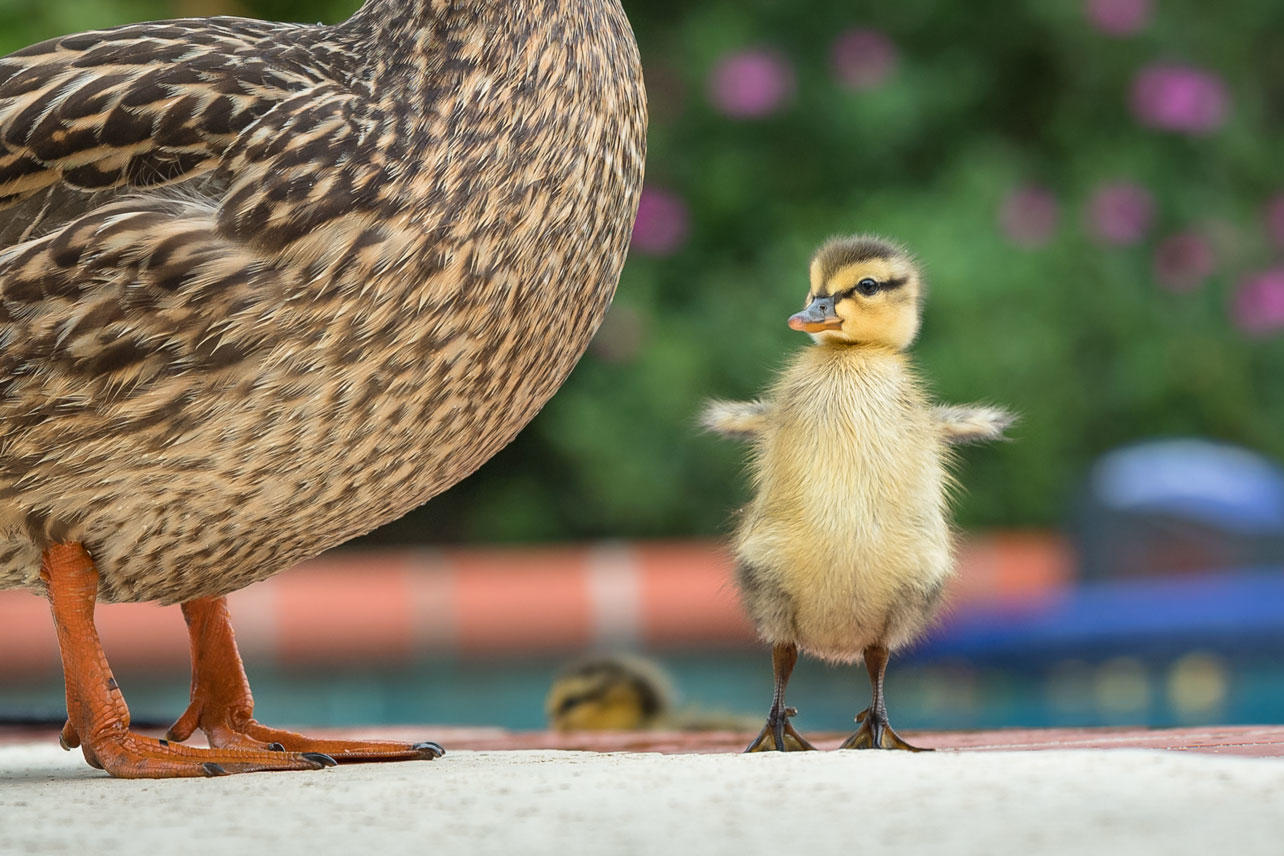
DON’T assume baby ducks and geese have been abandoned
Did you see a group of ducklings left behind by a startled female? Don’t worry, she will likely come back for them. Gathering up those ducklings or goslings will lead to a higher chance of injury or death than leaving them for their parents to come back to. Now, have you found a trapped duckling? Gently gather that bird out of its predicament and return it to a safe location near its family unit.
IMPORTANT: If you do not know which family it belongs to, or the mother has been killed, contact a licensed rehabilitator.
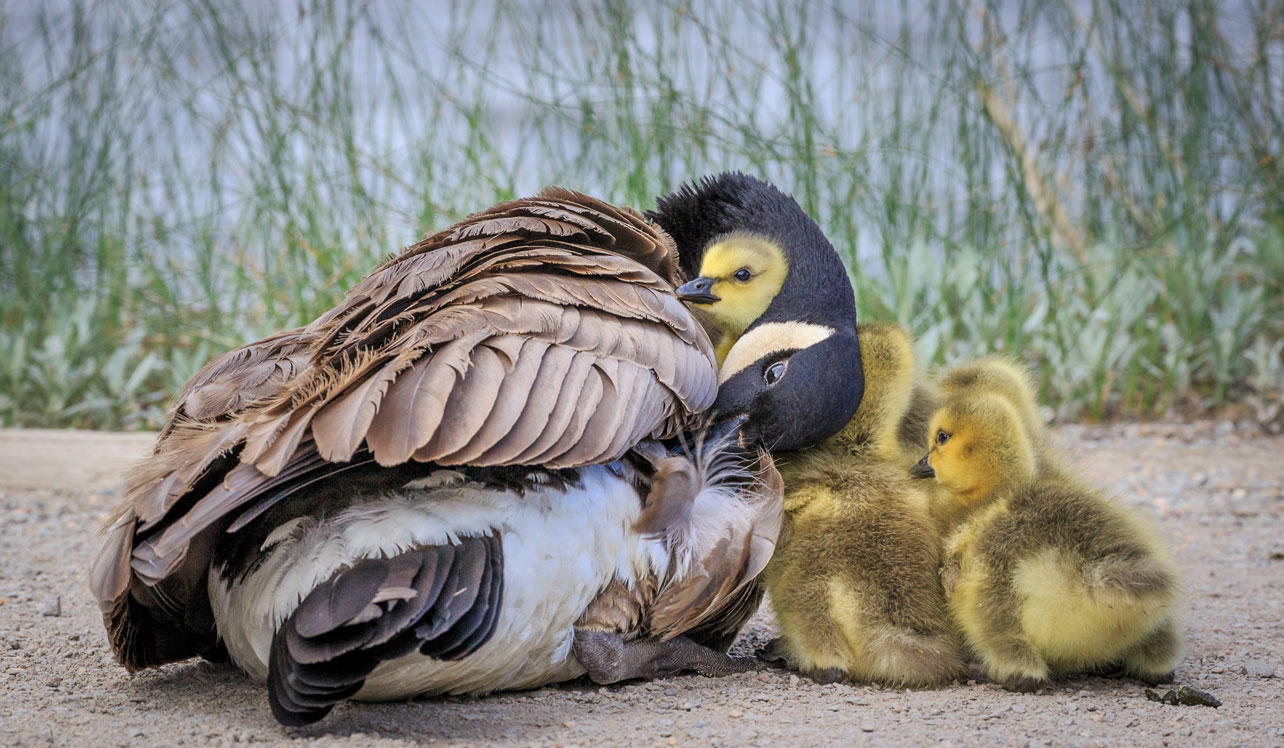
DO keep cats indoors
Outdoor cats, both domestic and feral, are one of the top killers of birds and other native wildlife. Please, keep your cats indoors, for both their safety and the safety of native wildlife. There are no gray areas, buts, what-ifs, or exceptions. Keep cats indoors.
DON’T assume a bird injured by a cat will be okay
Injuries to a bird from a cat can be far worse than what is seen with the human eye. If you have found a bird injured by a cat or a dog, call a licensed rehabilitator ASAP. Disease and internal injuries are frequent in birds caught by pets.
DO prevent birds from hitting windows
More than 1 billion birds die annually from window strikes. While I certainly do not live in a skyscraper, there are several easy ways I can ensure my windows won’t cause injuries to birds. Check out this article for some tips on making your home safe for birds.
DON’T assume that a “stunned” bird is okay
After a bird hits a window, it may not fly for quite some time. While a human sometimes just needs to rest after an injury or stressful situation, birds physiology is not the same as humans. When a bird hits a window, it can often cause internal injuries that require special treatment only offered through licensed wildlife rehabilitators. Letting the bird “rest” in a box, holding the bird on your hand, or taking it into your house are all terrible ideas. If a bird does not fly away immediately, get it into a safe, dark, and dry space and call a licensed rehabilitator. (Notice a pattern yet?)
Want more ways to help and enjoy birds in Colorado, Wyoming, and Utah? Sign up for our emails!
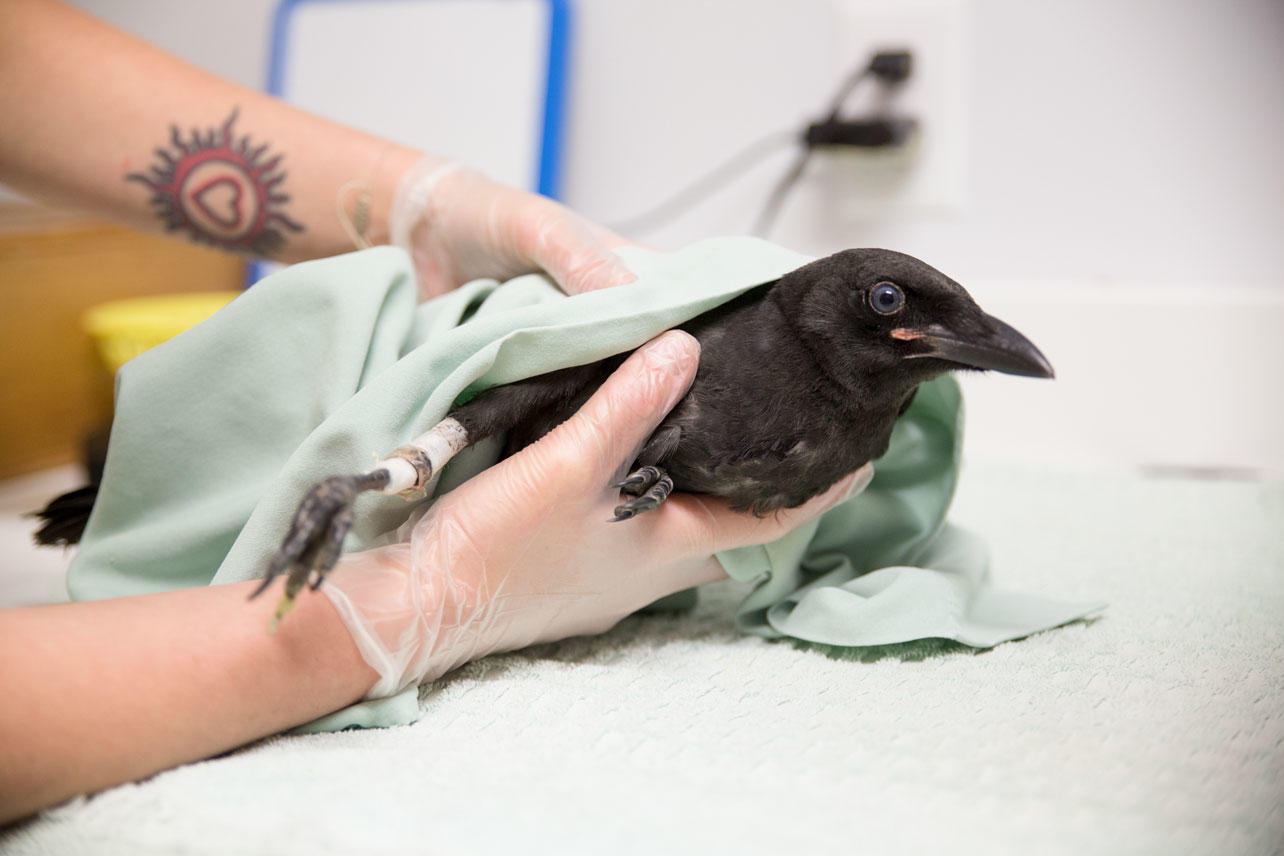
DO contact your nearest rehabilitation center for injured or sick birds
Colorado
Birds of Prey Foundation
Location: Broomfield
Phone: (303) 460-0674
Website: http://www.birds-of-prey.org/
Born Free Wildlife Rehabilitation
Location: Steamboat Springs
Phone: (970) 879-3747
Website: www.bornfreerehab.org
Catamount Wildlife Center
Location: Woodland Park
Phone: 303-994-8196
Email: friend2wlife@msn.com
Greenwood Wildlife Rehabilitation Center
Location: Longmont
Phone: (303) 823-8455
Website: http://www.greenwoodwildlife.org/
Nature & Wildlife Discovery Center
Only admits raptors
Location: Pueblo
Phone: (719) 549-2327
Website: https://hikeandlearn.org/raptorcenter/
North Park Wildlife Rehabilitation
Location: Walden
Phone: 970-217-5755
Website: https://www.facebook.com/northparkwildliferehab/
PSS Wildlife Foundation
Location: Silt
Phone: (970) 876-5676
Website: http://psswf.org
Rocky Mountain Raptor Program
Location: Fort Collins
Phone: (970) 484-7756
Website: http://www.rmrp.org/
Second Chance Wildlife Rehabilitation
Location: Pueblo
Phone: (719) 543-1946
Website: http://www.secondchancewildlife.net/
St. Francis Wildlife Sanctuary and Rehabilitation
Location: Pagosa Springs
Phone: 970-883-2519
Email: keepthemfree@gmail.com
Utah
Best Friends Animal Sanctuary
Location: Kanab
Phone: 435-644-2001, Ext 4460
Website: BestFriends.org
Species accepted: Migratory birds (including eagles), small mammals (no raccoons, red foxes, striped skunks), reptiles and amphibians
DeeAnna Croasmun
Location: Wendover
Phone: 435-665-2563 or 702-498-3068
Species accepted: Small mammals (no raccoons, coyotes, red foxes or striped skunks)
Great Basin Wildlife Rehabilitation and Education
Patti Richards
Location: Mapleton
Phone: 801-310-0186
Species accepted: Migratory birds (including eagles) and small mammals (excluding raccoon, coyote, red fox and striped skunk)
Tom Harden
Location: Moab
Phone: 435-259-5846
Species accepted: Bats; phone and email consultations only
Justin R Neighbor
Location: Hurricane
Phone: 435-467-5766
Species accepted: Migratory birds (including golden eagles)
Second Chance Wildlife Rehabilitation
Location: Price
Phone: 435-650-3441
Website: WildlifeRehabilitationInUtah.blogspot.com
Species accepted: Migratory birds (including eagles), small mammals (no raccoons, red foxes or striped skunks)
Southwest Wildlife Foundation
Location: Cedar City
Phone: 435-590-1618
Website: GoWildlife.org
Species accepted: Migratory birds (including eagles), mammals (no racoons, red foxes or striped skunks), reptiles
Uintah Raptor Rehab Inc.
Location: Vernal
Phone: 435-781-2404
Species accepted: Migratory birds (including eagles), small mammals (no raccoons, red foxes or striped skunks)
Wildlife Rehabilitation Center of Northern Utah
Location: Ogden
Phone: 801-814-7888
Species accepted: Migratory birds (including eagles), small mammals (no raccoons, red foxes or striped skunks)
Wyoming
Your first call should be to Wyoming Game & Fish Dispatch: 1-877-943-3847
Want to sign up to help the Raptor Rescue Network in Wyoming? Visit https://tetonraptorcenter.org/our-work/raptor-rescue-network to learn more!
Ironside Bird Rescue
Location: Cody
Phone: 307-527-7027
Website: https://www.facebook.com/ironsidebirdrescueinc
Teton Raptor Center
Location: Jackson
Phone: (307) 203-2551
Website: www.tetonraptorcenter.org
DON’T try to care for birds yourself
No matter how much we love and appreciate birds, the vast majority of us do not have the equipment or knowledge to care for wild baby birds. Chickens and other domesticated birds do not count, as they do not need skills for survival outside of a sheltered life.
Also, most of us are not licensed to care for wild birds. Yes, you absolutely have to be licensed to care for wild animals. Caring for a wild bird without a license could result in legal issues.
If you really want to care for injured birds, ask one of the rehabilitators listed above about volunteer opportunities.
